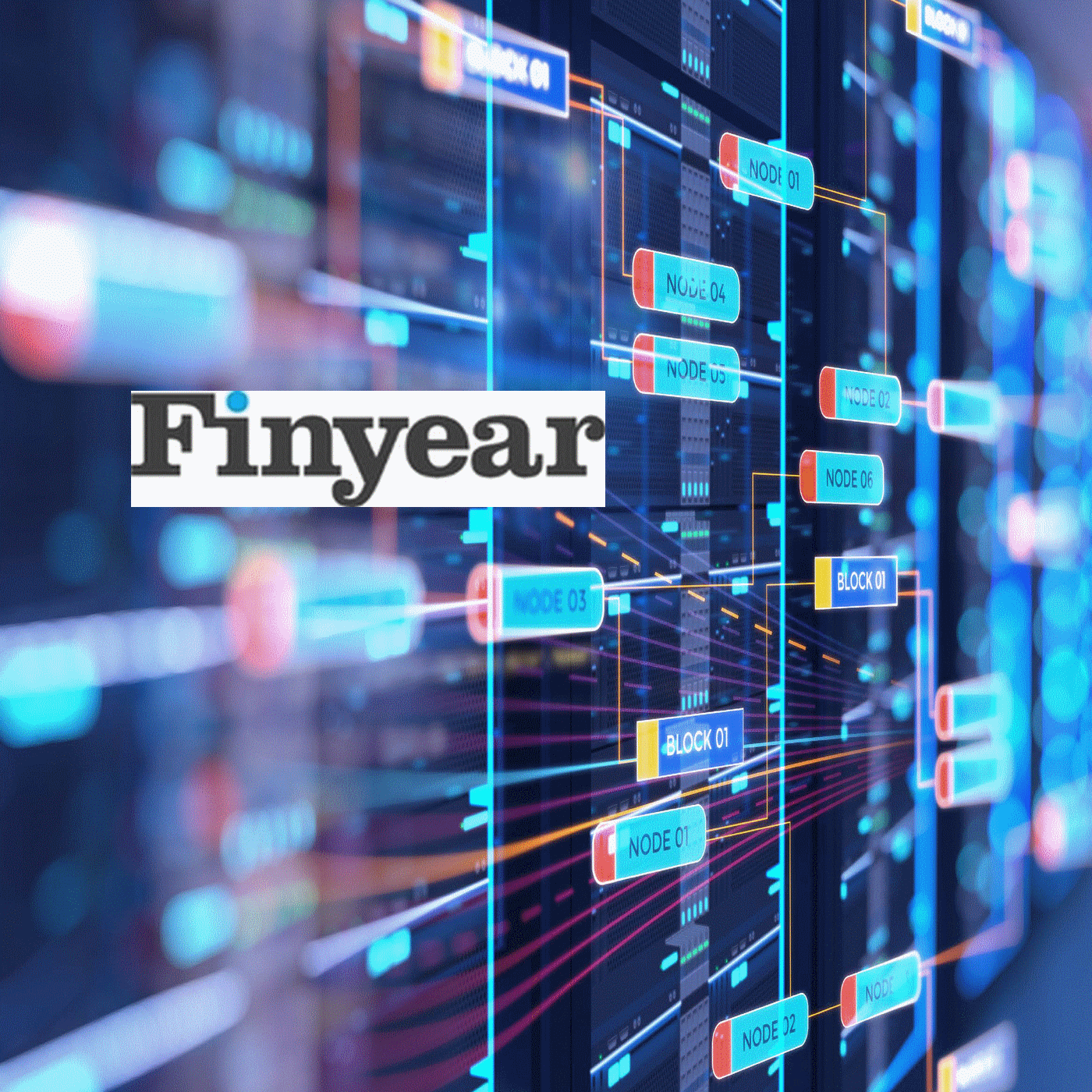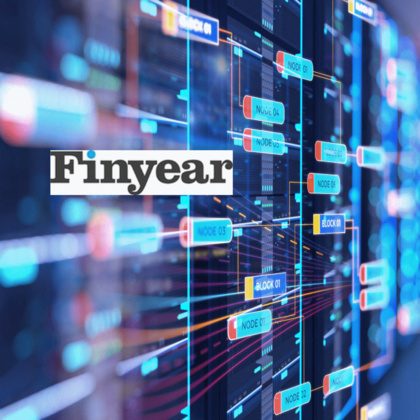Decentralized finance and blockchain are being used together to create a better financial future for people across the globe. This technology is one of the most helpful we have come across in many years, with the potential being above anything we have seen before. Here is how the two are working together to bring better safety, security, and financial freedom than we’ve ever had before.
How does DeFi work?
In order to understand how DeFi works, we must first know what the makeup behind it is. DeFi uses blockchain to connect the user without the need of a central server. They can then trade crypto, data, and assets securely under the guidance of the user. All transactions are regulated with smart contracts, a type of computer software that also features blockchain, along with automatically running when the limits are set by all parties involved in advance.
The use of blockchain for storage and the transfers of digital assets combined with smart contracts is to make sure that both parties complete what is necessary on their side of the deal.
What is DeFi used for?
The potential that DeFi brings largely depends on the needs of the user and the regulations that have been set. Businesses and people are using DeFi to obtain funding and make investments to develop supply and demand. These transactions are helped with the use of blockchain to ensure that everything remains secure.
What do you need to use DeFi?
Anyone on the internet can use DeFi due to its open code. This open code is great as people can offer services such as lending while also combining services that are already used. DeFi software is completely free to use for anyone with internet access. The systems can be completely customized for the user’s specific needs with lots of room for enhancements and adaptation.
The only thing that you need to access any DeFi app is a virtual wallet to store digital currency. These currencies are known as tokens and are the power behind the blockchain. Tokens can be bought with legal tender such as dollars, euros, and pounds.
Any DeFi app users who are looking to earn more capital from their invested tokens can program a smart contract helping to sell cryptocurrencies. Users who want to buy tokens can create a smart contract to help automatically purchase them when a desired value is reached. Either of these transactions are made to be automated without the need of a middleman.
How to be involved in the DeFi ecosystem
From providing lending and saving opportunities for people without access to proper banking services to offering wider prospects across the globe for those seeking to generate alternative ways to hold interest on savings, the technology of DeFi is developing faster than ever.
User growth and demand are constantly on the rise across a wide range of user groups. Nearly all public blockchain networks are beginning to prioritize DeFi as a valuable tool to create their next big project. The majority of products and services being used by DeFi are being developed using Ethereum, while being actively utilized showing real-world applications. The ever-growing ecosystem is always looking for new technology to feature, and decentralized finances seem to have established themselves to be utilized well.
Could DeFi help global financial inclusion?
The majority of investment and attention surrounding decentralized technologies is currently powered by speculative thoughts, but the underlying impact and value that these technologies hold is extremely important. In many parts of the world, financial services that we take for granted are inaccessible or insufficient due to a number of challenges. These include:
● Regulatory challenges
● Economic underdevelopment
● Poor infrastructure
From global research, it has been found that in 2017, over 1.7 billion adults aged over 15 did not have access to any form of bank account services. Even countries that have well-developed economies are having struggles regarding financial services due to socioeconomic class systems.
According to a survey completed in 2019 by the FDIC, nearly a quarter of people in the United States are classed as unbanked or underbanked, with the majority of those being of lower income or education.
This evidence is proof that the adoption and development of open, borderless financial services can help create further financial inclusion, leading to more opportunities for more people across the globe.
How does DeFi work?
In order to understand how DeFi works, we must first know what the makeup behind it is. DeFi uses blockchain to connect the user without the need of a central server. They can then trade crypto, data, and assets securely under the guidance of the user. All transactions are regulated with smart contracts, a type of computer software that also features blockchain, along with automatically running when the limits are set by all parties involved in advance.
The use of blockchain for storage and the transfers of digital assets combined with smart contracts is to make sure that both parties complete what is necessary on their side of the deal.
What is DeFi used for?
The potential that DeFi brings largely depends on the needs of the user and the regulations that have been set. Businesses and people are using DeFi to obtain funding and make investments to develop supply and demand. These transactions are helped with the use of blockchain to ensure that everything remains secure.
What do you need to use DeFi?
Anyone on the internet can use DeFi due to its open code. This open code is great as people can offer services such as lending while also combining services that are already used. DeFi software is completely free to use for anyone with internet access. The systems can be completely customized for the user’s specific needs with lots of room for enhancements and adaptation.
The only thing that you need to access any DeFi app is a virtual wallet to store digital currency. These currencies are known as tokens and are the power behind the blockchain. Tokens can be bought with legal tender such as dollars, euros, and pounds.
Any DeFi app users who are looking to earn more capital from their invested tokens can program a smart contract helping to sell cryptocurrencies. Users who want to buy tokens can create a smart contract to help automatically purchase them when a desired value is reached. Either of these transactions are made to be automated without the need of a middleman.
How to be involved in the DeFi ecosystem
From providing lending and saving opportunities for people without access to proper banking services to offering wider prospects across the globe for those seeking to generate alternative ways to hold interest on savings, the technology of DeFi is developing faster than ever.
User growth and demand are constantly on the rise across a wide range of user groups. Nearly all public blockchain networks are beginning to prioritize DeFi as a valuable tool to create their next big project. The majority of products and services being used by DeFi are being developed using Ethereum, while being actively utilized showing real-world applications. The ever-growing ecosystem is always looking for new technology to feature, and decentralized finances seem to have established themselves to be utilized well.
Could DeFi help global financial inclusion?
The majority of investment and attention surrounding decentralized technologies is currently powered by speculative thoughts, but the underlying impact and value that these technologies hold is extremely important. In many parts of the world, financial services that we take for granted are inaccessible or insufficient due to a number of challenges. These include:
● Regulatory challenges
● Economic underdevelopment
● Poor infrastructure
From global research, it has been found that in 2017, over 1.7 billion adults aged over 15 did not have access to any form of bank account services. Even countries that have well-developed economies are having struggles regarding financial services due to socioeconomic class systems.
According to a survey completed in 2019 by the FDIC, nearly a quarter of people in the United States are classed as unbanked or underbanked, with the majority of those being of lower income or education.
This evidence is proof that the adoption and development of open, borderless financial services can help create further financial inclusion, leading to more opportunities for more people across the globe.
Autres articles
-
Deblock, la fintech s'offre le 2nd agrément PSAN attribué par l'AMF
-
Crypto : Les grands magasins Printemps en partenariat avec Binance Pay et Lyzi pour accepter les paiements en cryptomonnaie
-
Quelles sont les règles concernant le rachat d'un PER ?
-
Tony Fadell, inventeur de l’iPod et de Ledger Stax, rejoint le conseil d’administration de Ledger
-
La loi web 3 vue par ... Arnaud Touati : "La fiscalité des cryptomonnaies en France, mode d’emploi pour particuliers et entreprises"
















